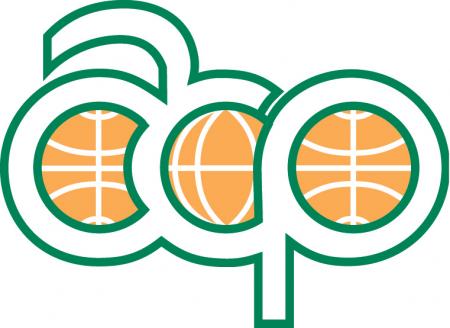
Engaging youth in early and sustained conservation education has important implications for promoting positive attitudes and behaviors in those who will become the future of conservation and management. Toward this goal, visual narratives (comic books, graphic novels) are an increasingly popular method used by conservation scientists to educate young people due to their approachable use of art and narrative storytelling. However, no studies have directly assessed how visual narratives compare with more traditional forms of conservation education for youth. We asked, how does education about biodiversity through visual narrative affect student perceptions and knowledge of science content relative to a traditional resource, and is there a novelty effect when using visual narrative versus traditional resources? To assess our questions, we utilized a semi structured approach to develop a biodiversity education program. Specifically, we developed an original graphic novel (visual narrative treatment) and a slideshow presentation (traditional treatment) with the same content to educate children about wetland biodiversity. We recruited, trained, and randomized 26 third-grade teachers to deliver either the visual narrative or traditional resource in their classrooms. Students completed pretest, posttest, and follow-up surveys assessing their perceptions of science and knowledge of the lesson content. Students in the visual narrative treatment held more positive perceptions of science (by 3.79%, p = 0.001),whereas students in the traditional treatment performed better on content quizzes (by7.97%, p = 0.002). We found evidence for a novelty bias when using the visual narrative but not the traditional resource. These findings point to the importance of understanding the target audience and clearly defining educational goals. Overall, our results contribute to broader understanding of the relative benefits and limitations of conservation educa-tion through nontraditional means and of practices for successfully delivering effective, accessible, and rewarding conservation education to educators and youth.












